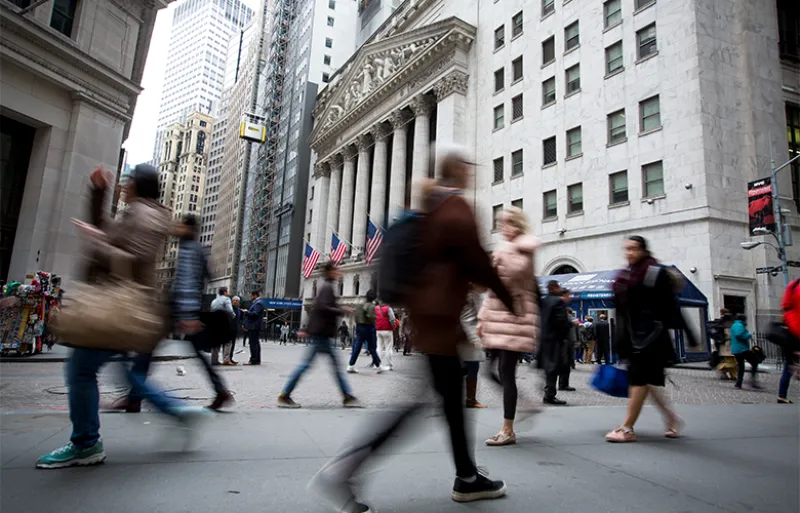Quantitative fund managers are being swept into the explosion of investor interest in strategies tied to environmental, social, and governance factors.
ESG was the fastest-growing smart beta strategy in the five years through 2017, with assets expanding at a compound annual growth rate of more than 50 percent, according to a Bank of America Merrill Lynch research report this week. How companies score in ESG is a strong indicator of future stock volatility, risks to earnings, and the potential for bankruptcy, the bank’s analysts found.
The opportunity is also too big to ignore. Bank of America estimates that over the next few decades equity investments aligned with ESG criteria could attract assets equal to the size of the Standard & Poor’s 500 index today.
“It's not just for tree-huggers,” the analysts said in the report. “Trends in the U.S. investment landscape suggest that trillions of dollars could be allocated to ESG-oriented equity investments, to stocks that are attractive on these attributes.”
While assets in ESG strategies have more than tripled among since 2012, almost all of the growth has been driven by mutual funds, according to the report. The overlap with factor-based investing has been “relatively limited,” meaning quants may be missing out on alpha by ignoring ESG signals, the analysts said.From 2005 to 2015, stocks that ranked in the top third of ESG scores relative to their peers would have outperformed the bottom third by about 18 percentage points, according to their analysis.
Still, tracking ESG metrics within sectors isn’t always a reliable way of predicting alpha. While it delivered strong signals for future alpha in real estate, energy, materials and utilities, the analysts said the results they found in health care, technology, and consumer staples were the opposite from what they expected.
"An investment strategy based on ESG data would likely be enhanced by creating sector specific models or using alternate approaches for sectors with negative results," the analyst said.
Considering a company's strength in ESG can help investors avert disaster, according to Bank of America, which looked at seventeen companies that failed and how they had ranked in environmental, social and governance criteria five years before filing for bankruptcy.
"If an investor had observed ESG scores of stocks five years prior to the bankruptcy, and only bought stocks with above average scores on environmental and social metrics, the investor would have avoided fifteen of the seventeen companies that filed for bankruptcy," the analysts wrote.







